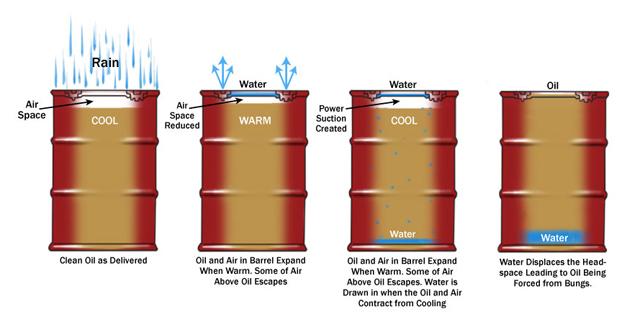This question is been asked by many panels in the interviews. That is why we are here to provide you with a complete explanation to you. Apart from an interview, you also need to know what is transformer charging and its necessity.
Answer to the question: Transformer charging is simply connecting the supply in the primary side of the transformer provided it should be in a no-load condition or there should not be any load connected in the secondary side. This was done for 8 to 10 hours or sometimes 1 to 2 hours [It is discussed below in more detail].
When the newly constructed transformer is made to put in service or the transformer is made to work after the maintenance, it is observed that the transformer undergoes Transformer Charging. Transformer Charging is necessary in order to remove or eliminate moisture content in the transformer oil.
How & Why it is removed? Read the detailed explanation below.
Detailed Explanations
Interestingly, we know that there are two types of the transformer being used in a market: Oil-Type Transformer and Dry-Type Transformer. Precisely, Both types of transformers require charging.
- Oil-Type Transformer:- In this type, mineral oil is filled inside the transformer as a medium for cooling purposes. It is used for outdoor applications such as Industries, substations, etc. It requires 8 to 10hours of charging (as said above).
- Dry-Type Transformer:- In this type, Air is used as a medium to cool down the transformer, and oil is not used here. It is used inside the buildings like Malls, Apartments, etc. It requires 1 to 2 hours of charging.
How Moisture is Formed in the Transformer Oil?
Transformer oil is available inside a barrel. When the barrel is bought in the workshop or a place where the transformer is constructed, it was not fillup directly into the transformer therefore it is kept for 10 to 15 days. During this span of time, Moisture or water particles started forming/getting inside due to different factors such as warming temperatures, rain, barrel leakage, etc. You can also understand from the picture given below:

Why do we remove the moistures?
We need to remove or eliminate moisture content due to the following reasons:
- Transformers are usually kept in mineral oil for cooling and insulation purposes. In order to keep it, the transformer must be moisture-free.
- Moisture content is not good for the transformer as it reduces the dielectric strength of the transformer. Thus, reducing the insulation of the transformer between two windings.
- If the insulation is reduced, there will be a short circuit occurring between the windings, as a result, it will damage the transformer.
- Therefore, we can say that if moisture is not removed, it will act as a medium where two windings will be affected by a short circuit. That is why removing/eliminating the moisture is needed before the transformer is made to work for the first time.
Procedure to Remove/Eliminate the Moisture
Oil-Type Transformer:- During the first start of a transformer or during maintenance we put supply in the primary side under no-load condition and let the transformer run for 8 to 10 hours. This will heat up the insulating oil due to which moisture content will also get heated up. As a result, the moisture content will start to get evaporate inside a tank and comes out through the Breather.
That being said, Oil-type requires more time to get heated up compare to the Dry-type transformer.
Dry-Type Transformer:- In Dry-type, insulation used is cast raising type. Here, if the transformer is not made to work for 10 to 12 months, ultimately moisture content is formed or created inside the transformer. This can be removed or eliminated by the same process as we used in an oil-type transformer.
I hope with these references you have to understand what is transformer charging, its uses, and its purpose. If you have any questions or queries, feel free to comment with us we will answer you right away.



![Different Types of Welding Joints [Clearly Classified] Different types of welding joints](https://electricalguide360.com/wp-content/uploads/2021/10/Different-Types-of-Welding-Joints-218x150.jpg)




